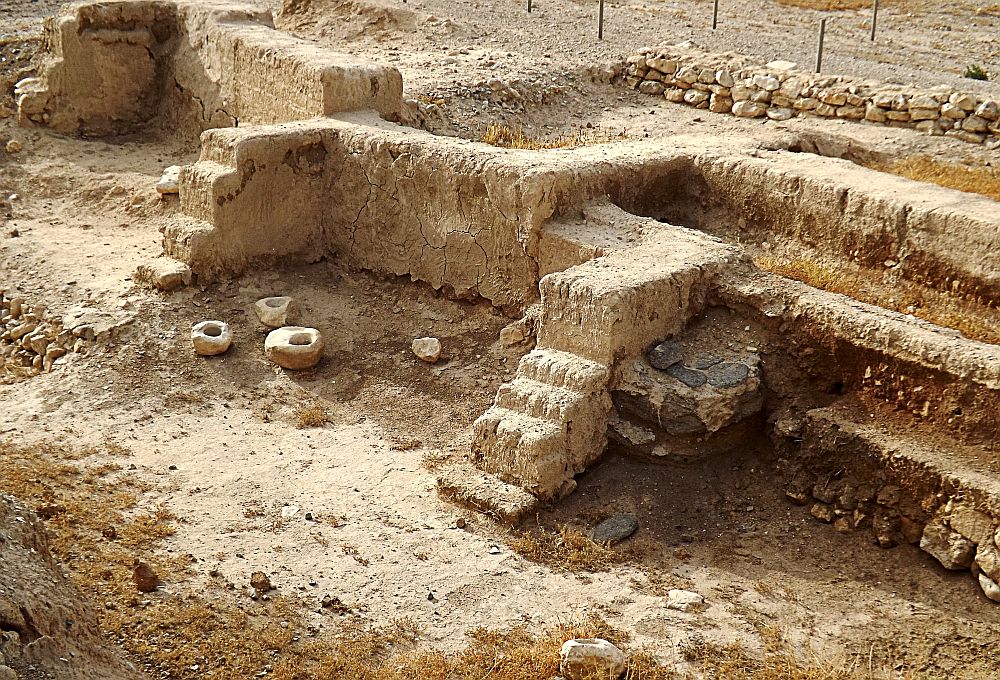
[Image above] Credit: eager on Flickr. (Creative Commons License)

Crews working on the proposed kilometer-high Kingdom Tower in Jeddah, Saudi Arabia (artist rendering above) are faced with a number of construction challenges, including pumping concrete more than a half mile into the sky. Credit: eager on Flickr. (Creative Commons License)
When the 1,450-foot-high Willis Tower (better known by its Sears surname) and the 1,776-foot One World Trade Center went toe-to-toe for title of the country’s tallest building late last year, it was One World Trade that emerged the victor by a (very controversial) spire.
However, both are dwarfed by what will be the world’s first kilometer-high, and subsequently tallest, building—the Kingdom Tower in Jeddah, Saudi Arabia.
According to Gizmodo, construction of the $1.23-billion “sky-higher” tower—a proposed 200-floor, 3,280-foot-tall tower of concrete, glass, and steel—has begun and developers are faced with **many challenges—wind loads, rigidity, and vertical transportation, to name a few—as well as one colossal concrete problem: How, exactly, do you pump the wet composite more than a half a mile into the sky? (**The title of this post is hyperbolic, of course, but there are numerous challenges to building any building, let alone the world’s tallest.)
Given the more than half a million cubic meters of concrete and some 80,000 tons of steel required to complete the ambitious building project, they’ve brought in the expertise of engineers at Advanced Construction Technology Services (ACTS; Beirut, Lebanon) and tasked them with testing the materials that will shape the 1,000-meter-high skyscraper.
Challenge no. 1: Building a strong foundation. The future Kingdom Tower sits just along the Red Sea, and, as a result, requires a 200-foot-deep foundation built from high-performance concrete to stand the test of time against Big Red’s salty waters.
Challenge no. 2: What goes up must go up. Once the foundation is firm, it’s a matter of ACTS engineers determining how they will manage to pump wet concrete (more than a million tons of it!) vertically through a six-inch, pressurized tube. Gizmodo reports that they’ll be looking to the construction of Dubai’s Burj Khalifa (which at 2,722 feet is currently the world’s tallest structure). During the build, the crew’s high-tech concrete pumps were only able to be used at night due to steamy daytime temps fit for little but camels and cacti.
Challenge no. 3: Will it ever see completion? That’s a question only answered by the test of time, funding, and the unforgiving power of gravity (see challenge two).
“There might be constraints for the structural engineering – we don’t know many things,” said Dr. Sang Dae Kim, chairman of the Council on Tall Buildings and Urban Habitat in a recent Construction Week Online article. “When you go up to one or two kilometres, we don’t have much information surrounding the conditions.”
Alas, only time—and concrete pumps—will tell.
Author
Jessica McMathis
CTT Categories
- Construction
Related Posts
The urban fabric of brick—Part 3: Innovations and the future of design
November 11, 2025
The urban fabric of brick—Part 2: Ancient brick history
October 28, 2025


